You need to choose a switching device that looks like it has a prayer of working
From comments: -
G2R120MT33J That the Mosfet. I am using. – victor_uk
Here's the safe operating area from the data sheet: -

I've targeted two points on the curves (orange and red). Both points suggest a peak power of 5 kW i.e. the curve I've chosen is the maximum instantaneous power that this GeneSIC device is rated at and, in my experience of GeneSIC devices, they will die if you much exceed it.
So, the scenario where you get maximum instantaneous peak power dissipated in the MOSFET is when your MOSFET-bridge changes state and reverses the inductor's voltage polarity. You will find that for a short length of time the MOSFETs will have about half the line voltage across them at about half the current in the inductor (just a simple and approximate rule of thumb that is always best checked for in simulation).
So, do simulations for each scenario and check peak power dissipated, average power dissipated, peak voltage seen from drain to source and peak drain current. You can't simulate enough when it comes to converters of this sort of power. Leave no stone unturned.
As an example, a recent design I did was a 10 kW converter and it worked first time with no value changes. It's this sort of target you need to aim for because if it all goes up in smoke you have no chance of diagnosing what went wrong. Sure, I eventually had the odd MOSFET failure in later testing but, unless you get that confidence early on you'll start to feel the threat of that high-voltage and that'll eat you. So, "do sims" until you are sick of it. Then spend another 5 days doing more sims.
Going back to my approximate rule of thumb...
If the peak voltage is 1200 volts (as per your spec) and the peak inductor current is 80 amps (as per your spec), a reasonable estimate of peak power dissipated in the MOSFET is 40 amps × 600 volts = 24 kW and miles over what this device can achieve.
The problem with GeneSIC devices is that they just won't give you a peak dissipation figure for (say) 10 μs (unlike other suppliers). If you found a different supplier that gives a 10 μs figure, you'd find that the peak power dissipated might be 20 kW to 30 kW and then, you'd be in with a chance.
The package is a tad weedy too. I've used similar dies from ON Semi packaged in TO-247 and in SMD (like yours) and the TO-247 is always going to muscle through without failure compared to the SMD package. Apart from anything else, you are going to need a substantial heatsink for this level of power throughput and the SMD parts just won't compare the heatsinks for the TO-247.
Your MOSFET gate drivers will not work
They need to be isolated drivers that can push maybe an amp or two into the MOSFET gates. There are devices available of course.
Static MOSFET power dissipation
If the average current in the MOSFET is (say) 40 amps, then there is a power dissipated in the MOSFET of \$40^2 \times R_{DS(ON)}\$. \$R_{DS(ON)}\$ is quoted as being 0.12 Ω hence there might be a static power of 192 watts. This maybe halved to 96 watts for 50% duty cycle but, it's still a lot of power to dump from a TO-263 device.

